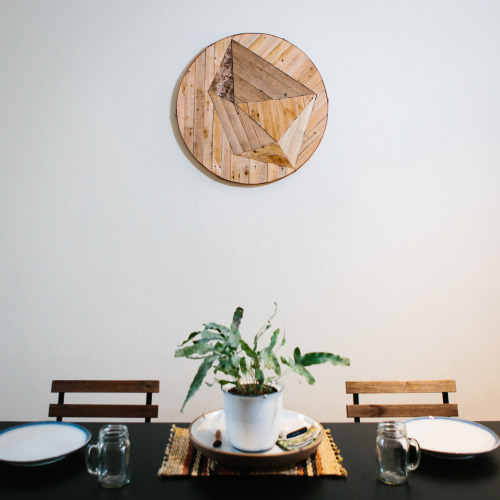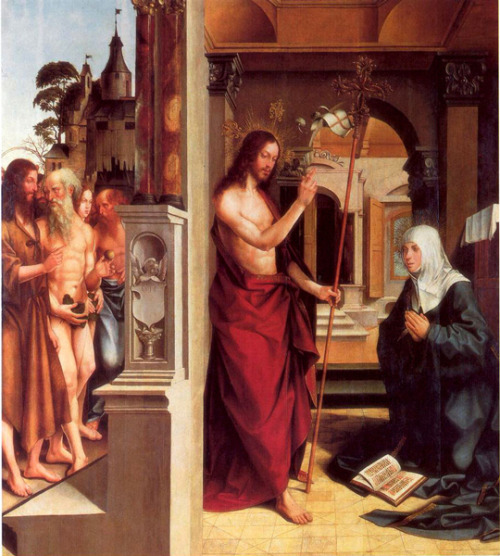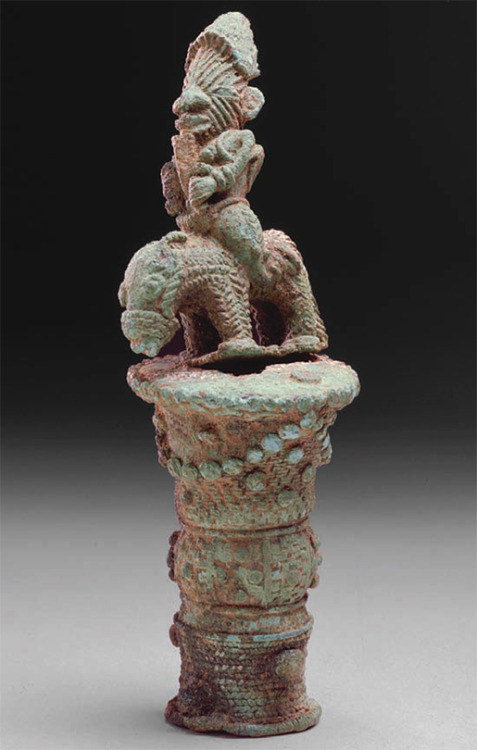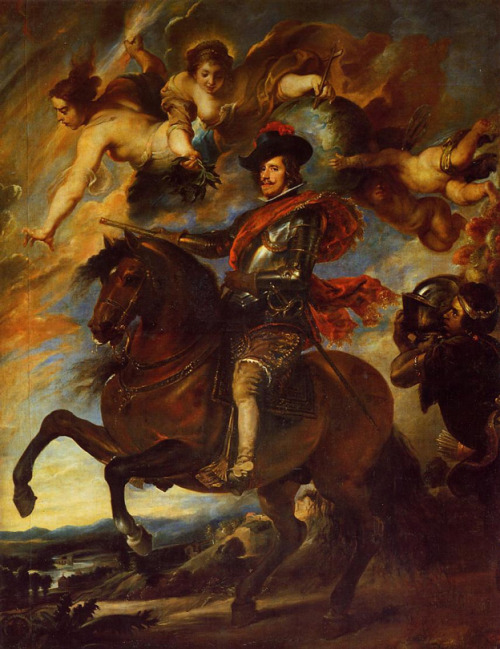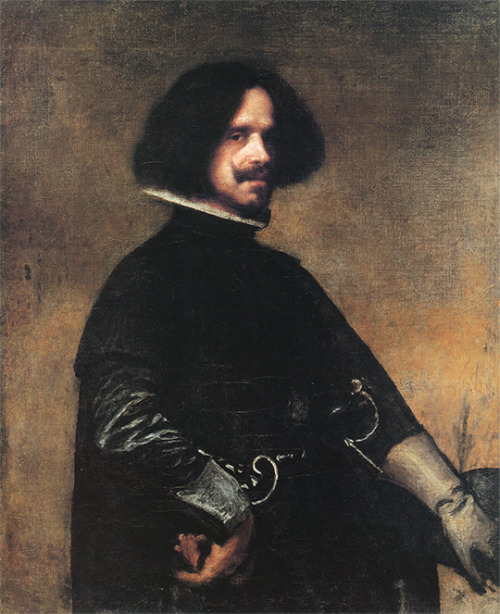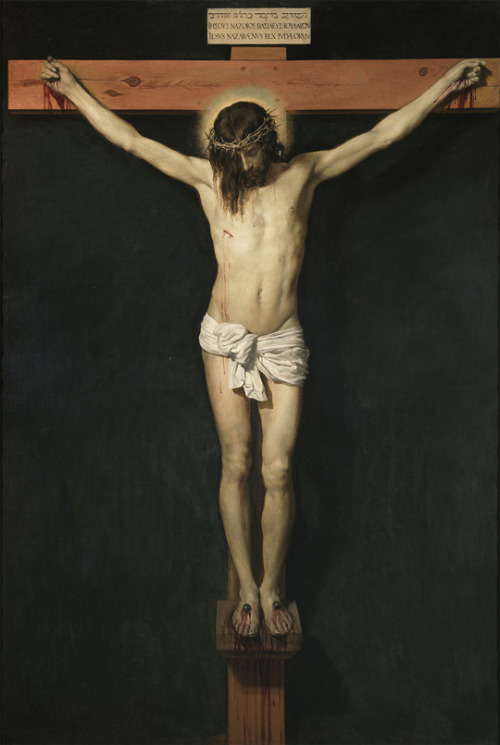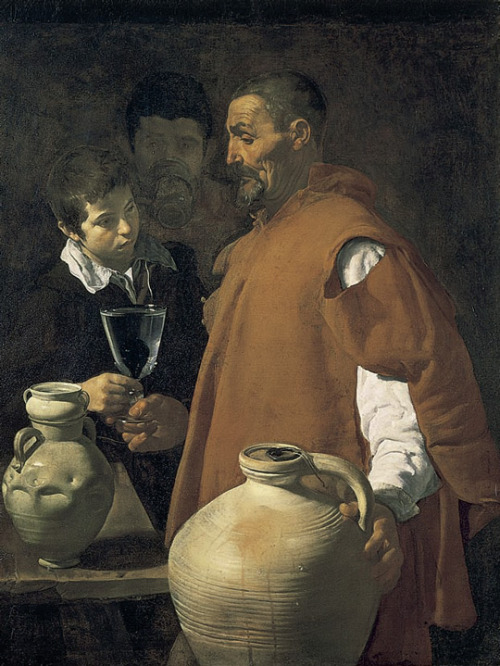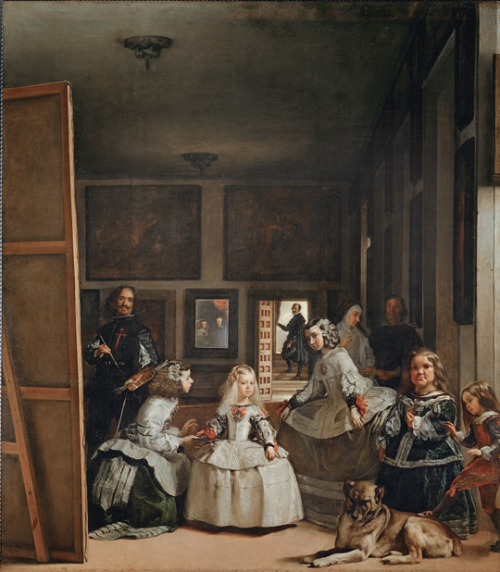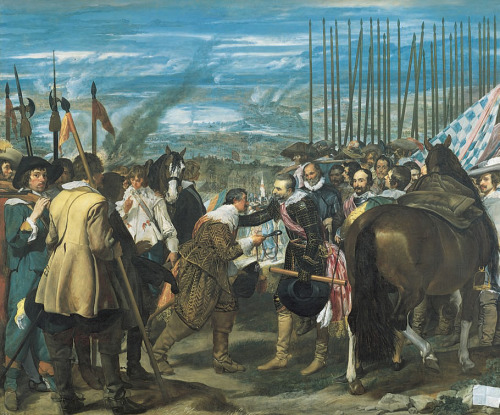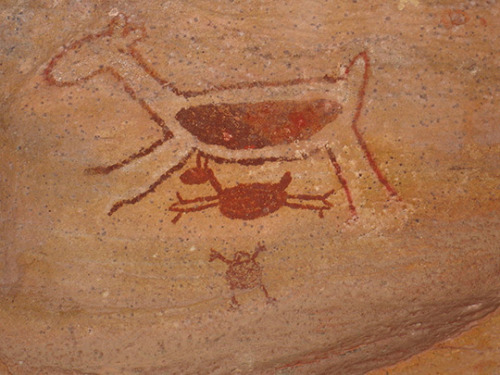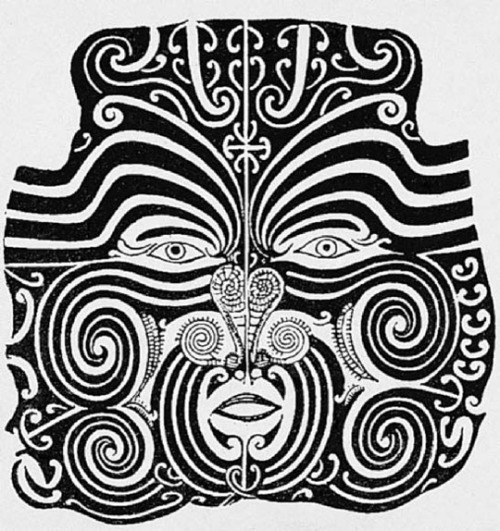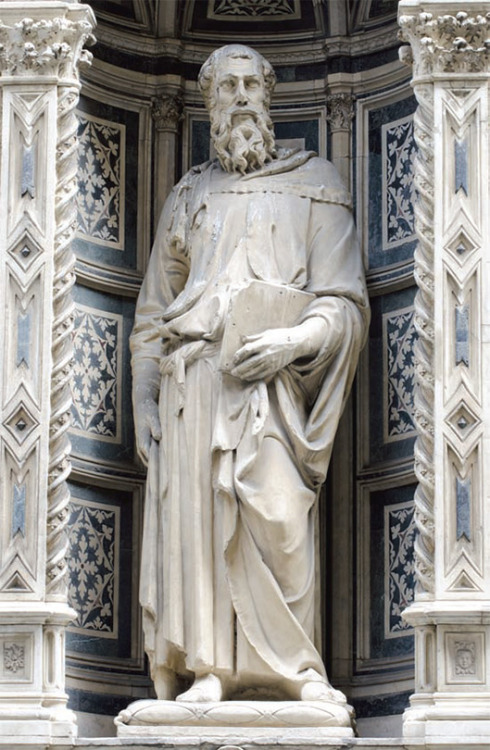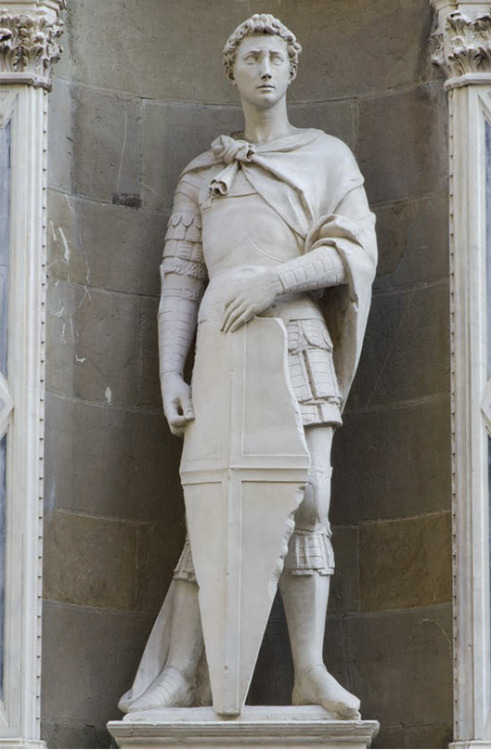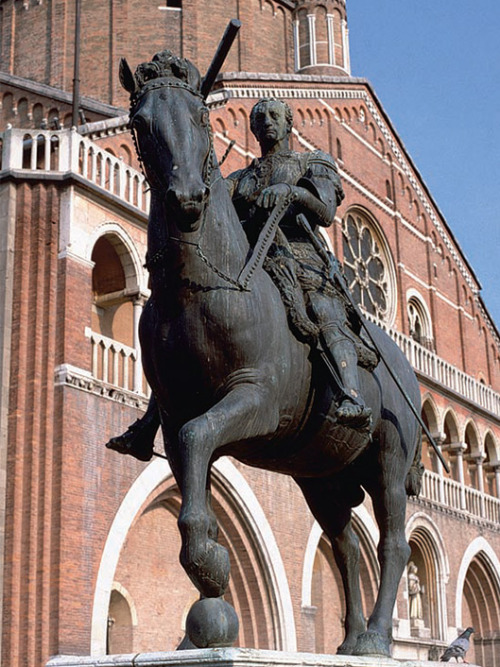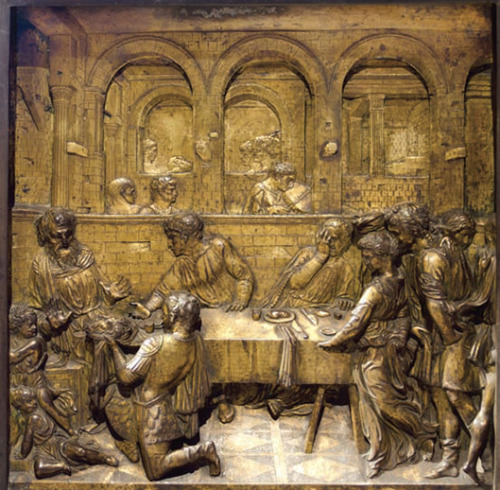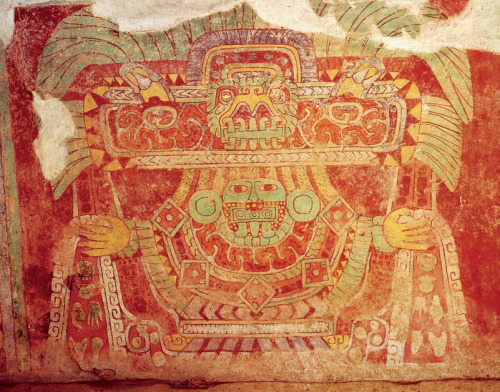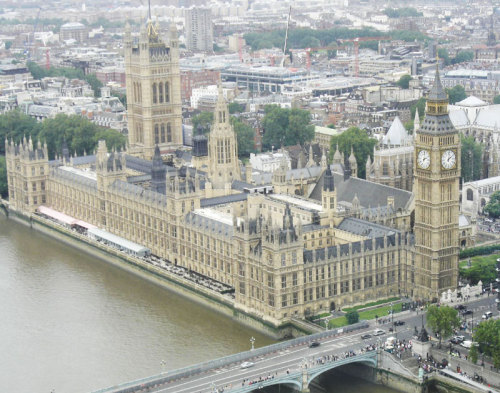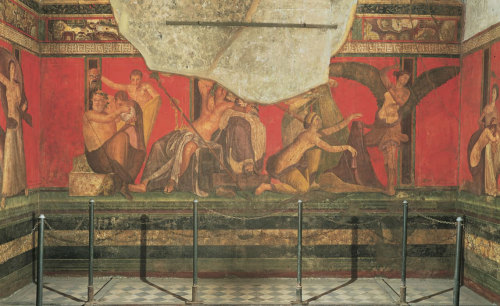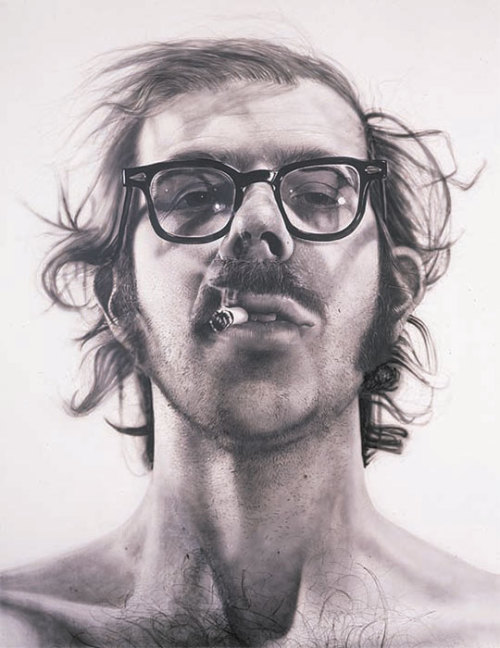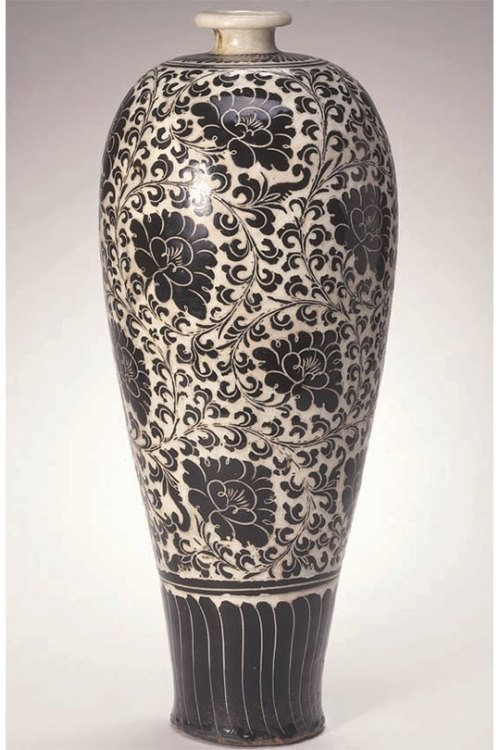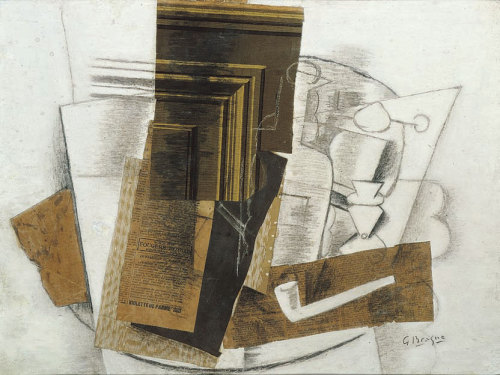#art piece
A (late) Asmo drawing for his birthday!!


I really need to draw him more often
Taadaa!
I made this entirely from salvaged shipping pallets without the use of any stains, oils, or paints! Each color was found naturally in the wood along with all of the nail holes, chips, and dents and every strip was cut by hand! It measures 24.5" across and 1" thick with the edges bound with a hand cut and sewed rawhide leather strip!
I had a blast making this and plan on making similar pieces in the future!
Post link
Jorge Afonso | Jesus visiting Maria
The Madre de Deus church, Lisbon, Portugal, 1515
Jorge Afonso was nominated royal painter in 1508 by King Manuel I and again in 1529 by John III. He was mainly based in Lisbon, with a workshop near the Church of São Domingos. The main painted altarpieces attributed to Jorge Afonso were commissioned by the old Queen Leonor, widow of King John II and sister of Manuel I. For the former Queen, Jorge Afonso painted the main altarpiece of the Convent of Madre de Deus, in Lisbon, in 1515. This magnificent altarpiece is now in the National Museum of Ancient Art, in Lisbon. (x)
Post link
Equestrian Figure on Fly-Whisk Hilt
Igbo Ukwu, Nigeria, 9th to 10th century CE
The oldest known African lost-wax cast bronze is this fly-whisk hilt, which a
leader used to extend his reach and magnify his gestures. The artist exaggerated the size of the ruler compared with his steed.
(Read More Now doesn’t work here)
The relationships between leaders and art forms are strong, complex, and universal in Africa. Political, spiritual, and social leaders—kings, chiefs, titled people, and religious specialists—have the power and wealth to command the best artists and to require the most expensive and durable materials to adorn themselves, furnish their homes, and make visible the cultural and religious organizations they lead. Leaders also possess the power to dispense art or the prerogative to use it.
Several formal or structural principles characterize leaders’ arts and thus set them off from the popular arts of ordinary Africans. Leaders’ arts—for example, the sumptuous and layered regalia of chiefs and kings—tend to be durable and are often made of costly materials, such as ivory, beads, copper alloys, and other luxurious metals. Some of the objects made specifically for African leaders, such as stools or chairs, ornate clothing, and special weaponry, draw attention to their superior status. Handheld objects—for example, staffs, spears, knives, scepters, pipes, and fly whisks —extend a leader’s reach and magnify his or her gestures. Other objects associated with leaders, such as fans, shields, and umbrellas, protect the leaders both physically and spiritually. Sometimes the regalia and implements of an important person are so heavy that they render the leader virtually immobile, suggesting that the temporary holder of an office is less significant than the eternal office itself.
Although leaders’ arts are easy to recognize in centralized, hierarchical societies, such as the Benin and Bamum kingdoms, leaders among less centralized peoples are just as conversant with the power of art to move people and effect change. For example, African leaders often establish and run masquerades and religious cults in which they may be less visible than the forms they commission and manipulate: shrines, altars, festivals, and rites of passage such as funerals, the last being especially elaborate and festive in many parts of Africa. The arts that leaders control thus help create pageantry, mystery, and spectacle, enriching and changing the lives of the people. (x)
Post link
Schwedagon Pagoda
Rangoon (Yangon), Myanmar (Burma), 14th century or earlier
Myanmar, like Thailand, is overwhelmingly a Theravada Buddhist country today. Important Buddhist monasteries and monuments dot the countryside. In Rangoon, an enormous complex of buildings, including shrines filled with Buddha images, has as its centerpiece one of the largest stupas in the world, the Schwedagon Pagoda. (Pagodaderives from the Portuguese version of a word for stupa.)
(read more now does not work here)
The Rangoon pagoda houses two of the Buddha’s hairs, traditionally said to have been brought to Myanmar by merchants who received them from the Buddha himself. Rebuilt several times, this highly revered stupa is famous for the gold, silver, and jewels encrusting its surface. The Schwedagon Pagoda stands 344 feet high. Covering its upper part are 13,153 plates of gold, each about a foot square. At the very top is a seven-tiered umbrella crowned with a gold ball inlaid with 4,351 diamonds, one of which weighs 76 carats. This great wealth was a gift to the Buddha from the laypeople of Myanmar to produce merit. (x)
Post link
Diego Velázquez(1599–1660)
The foremost Spanish painter of the Baroque age—and the greatest beneficiary of royal patronage—was Diego Velázquez. As did many other Spanish artists, Velázquez produced religious pictures as well as genre scenes, but his renown in his day rested primarily on the works he painted for King Philip IV. After the king appointed Velázquez court painter, the artist largely abandoned both religious and genre subjects in favor of royal portraits and canvases recording historical events. (x)
Post link
The Palette of King Narmer
Hierakonpolis, Egypt, Predynastic, ca. 3000–2920 bce.
The Predynastic period ended with the unification of Upper and Lower Egypt, which until recently scholars thought occurred during the rule of the First Dynasty pharaoh Menes, identified by many Egyptologists with King Narmer. Narmer’s image and name appear on both sides of a ceremonial palette(stone slab with a circular depression) found at Hierakonpolis. The palette is one of the earliest historical (versus prehistorical) artworks preserved, but Egyptologists still debate exactly what event is depicted. No longer regarded as commemorating the foundation of the first of Egypt’s 31 dynasties around 2920 BCE (the last ended in 332 BCE), the reliefs probably record the unification of the two kingdoms. Scholars now believe this unification occurred over several centuries, but the palette depicts the creation of the “Kingdom of the Two Lands” as a single great event. (x)
Post link
Self Portrait of Te Pehi Kupe, 1826
Chieftain Pehi Kupe’s self-portrait was made during a trip to Liverpool, England, to obtain European arms to take back to New Zealand. It is the chieftain’s statement of the supreme importance of the tattoo design that symbolizes his rank among his people. Remarkably, Te Pehi Kupe created the tattoo patterns from memory, without the aid of a mirror. The splendidly composed insignia, presented as a flat design separated from the body and even from the head, is Te Pehi Kupe’s image of himself. (x)
Post link
Lamassu from the Citadel of Sargon II
Dur Sharrukin (modern Khorsabad), Iraq, ca. 720–705 bce
During the first half of the first millennium BCE, the fearsome Assyrians vanquished the various warfaring peoples that succeeded the Babylonians and Hittites, including the Elamites, whose capital of Susa they sacked in 641 BCE.
The royal citadel of Sargon II at Dur Sharrukin reveals in its ambitious layout the confidence of the Assyrian kings in their all-conquering might. Guarding the gate to Sargon’s palace were colossal limestone monsters, which the Assyrians probably called lamassu.These winged, manheaded bulls served to ward off the king’s enemies. The task of moving and installing these immense stone sculptures was so daunting that several reliefs in the palace of Sargon’s successor celebrate the feat, showing scores of men dragging lamassu figures with the aid of ropes and sledges. The Assyrian lamassu sculptures are partly in the round, but the sculptor nonetheless conceived them as high reliefs on adjacent sides of a corner. (x)
Post link
Veit Stoss | Death and Assumption of the Virgin
Church of Saint Mary, Kraków, Poland, 1477–1489
The sculptor Veit Stoss trained in the Upper Rhine region but settled in Kraków (in present-day Poland) in 1477. In that year, he began work on a monumental altarpiece for the church of Saint Mary in Kraków. In the central boxlike shrine, huge carved and painted figures, some nine feet high, represent Death and Assumption of the Virgin. On the wings, Stoss portrayed scenes from the lives of Christ and Mary. The altar forcefully expresses the intense piety of Gothic culture in its late phase, when artists used every figural and ornamental motif in the repertoire of Gothic art to heighten the emotion and to glorify sacred events.
(read more now doesn’t work here)
In the Kraków altarpiece, Christ’s disciples congregate around the Virgin, who collapses, dying. One of them supports her, while another wrings his hands in grief. Stoss posed others in attitudes of woe and psychic shock, striving for realism in every minute detail. He engulfed the figures in restless, twisting, and curving swaths of drapery whose broken and writhing lines unite the whole tableau in a vision of agitated emotion. The artist’s massing of sharp, broken, and pierced forms that dart flamelike through the composition— at once unifying and animating it—recalls the design principles of Late Gothic architecture. Indeed, in the Kraków altarpiece, Stoss merged sculpture and architecture, enhancing their union with paint and gilding. (x)
Post link
Running Horned Woman
Tassili n’Ajjer, Algeria, ca. 6000–4000 bce
A 7,000-year-old painting from Tassili n’Ajjer in southeastern Algeria in the central Sahara (at that time a verdant savanna) is one of the earliest and finest surviving examples of rock art. The painter depicted a running woman with convincing animation and significant detail. The dotted marks on her shoulders, legs, and torso probably indicate that she is wearing body paint applied for a ritual. Her face, however, is featureless, a common trait in the earliest art. The white parallel patterns attached to her arms and waist appear to represent flowing raffia decorations and a raffia skirt. Horns—shown in the twisted perspective, or composite view, typical of prehistoric art—are also part of her ceremonial attire. Notably, the artist painted this detailed image over a field of much smaller painted human beings, an indication of why it is often so difficult to date and interpret art on rock surfaces, as subsequent superimpositions are frequent. Nonetheless, scholars have been able to establish a rough chronology for African rock art, an art form that continues to this day. (x)
Post link
Pyramid of the Niches
El Tajín, Mexico, sixth century CE.
The building that dominates the ceremonial center of the Classic Veracruz site of El Tajín is the so-called Pyramid of the Niches, a sixth-century CE structure of unusual form. In spite of its small size (only 66 feet tall), the Pyramid of the Niches encases an earlier smaller pyramid. The later structure has a steep staircase on its east side and six stories, each one incorporating a row of niches on each of the four sides, 365 in all. The number of niches, which corresponds to the number of days in a solar year, is unlikely to be coincidental. The Pyramid of the Niches is one of many examples of the close connection between the form of Mesoamerican monuments and astronomical observations and the measurement of time. (x)
Post link
Chuuk Canoe Prow Ornament
Chuuk, Caroline Islands, Micronesia, late 19th century
Given the importance of seafaring, it is not surprising that many of the most highly skilled artists in the Caroline Islands were master canoe builders. The canoe prow ornament illustrated here comes from Chuuk. Carved from a single plank of wood and fastened to a large, paddled war canoe, the prow ornament provided protection on arduous or long voyages. That this and similar prow ornaments are not permanent parts of the canoes reflects their function. When approaching another vessel, the Micronesian seafarers lowered these ornaments as a signal that their voyage was in peace. The seemingly abstract design of the Chuuk prow may represent, at the top, two facing sandpipers. Some scholars, however, think the entire piece represents a stylized human figure, with the “birds” constituting the arms. (x)
Post link
Donatello(1386–1466)
(click images for names and dates)
Donato di Niccolo Bardi, called Donatello was an early Renaissance sculptor from Florence Italy. Donatello took a fundamental step toward depicting motion in the human figure by recognizing the principle of weight shift or contrapposto. Greek sculptors in the 5th century were the first to grasp the concept. Donatello reintroduced this concept into Renaissance statuary. Donatello’s Saint Mark (first image) is the first Renaissance statue whose voluminous robe does not conceal but accentuates the movement of arms, legs, shoulders, and hips. The Bronze David is Donatello’s most famous work. At the time of its creation, it was the first known free-standing nude statue produced since ancient times. The clergy regarded nude statues as both indecent and idolatrous, and nudity in general appeared only rarely in art—and then only in biblical or moralizing contexts, such as the story of Adam and Eve or depictions of sinners in Hell . (x)(x)
Post link
Goddess Mural Painting
Tetitla apartment complex at Teotihuacan, Mexico, 650–750 CE
As in most ancient Mesoamerican cities, Teotihuacan’s buildings were once stuccoed over and brightly painted. Elaborate murals covered the walls of it’s elite residential compounds and depicted deities, ritual activities, and processions of priests, warriors, and animals. The muralists eventually settled into a method of applying pigments to a smooth lime-plaster coated with clay. Afterwards they would polish the surface to a high sheen. Most had a restricted palette of varying tones of red (derived from the mineral hematite). Above the mural depicts an earth or nature goddess. Always shown with her face covered by a jade mask and dwarfed by her large feathered headdress, many scholars believe she is the city’s principal deity. (x)
Post link
Charles Barry and Augustus Welby Northmore Pugin | Houses of Parliament
London, England, designed 1835
As 19th-century scholars gathered the documentary materials of European history in encyclopedic enterprises, each nation came to value its past as evidence of the validity of its ambitions and claims to greatness. Intellectuals appreciated the art of the remote past as a product of cultural and national genius. A reawakening of interest in Gothic architecture also surfaced at this time, even in France under Napoleon. The Houses of Parliament have an exterior veneer and towers that recall English Late Gothic style.
In London, when the old Houses of Parliament burned in 1834, the Parliamentary Commission decreed that designs for the new building be either Gothic or Elizabethan. Charles Barry (1795–1860), with the assistance of Augustus Welby Northmore Pugin (1812–1852), submitted the winning design in 1835. By this time, architectural style had become a matter of selection from the historical past. Barry had traveled widely in Europe, Greece, Turkey, Egypt, and Palestine, studying the architecture of each place. He preferred the classical Renaissance styles, but he had designed some earlier Neo-Gothic buildings, and Pugin successfully influenced him in the direction of English Late Gothic. Pugin was one of a group of English artists and critics who saw moral purity and spiritual authenticity in the religious architecture of the Middle Ages and revered the careful medieval artisans who built the great cathedrals.
The design of the Houses of Parliament, however, is not genuinely Gothic, despite its picturesque tower groupings (the Clock Tower, housing Big Ben, at one end, and the Victoria Tower at the other). The building has a formal axial plan and a kind of Palladian regularity beneath its Neo-Gothic detail. Pugin himself said of it, “All Grecian, Sir. Tudor [English Late Gothic] details on a classical body.” (x)
Post link
Villa of the Mysteries Second Style Wall Painting
Room 5 of the Villa of the Mysteries, Pompeii, Italy, ca. 60–50 bce
The houses and villas around Mount Vesuvius have yielded a treasure trove of mural paintings, the most complete record of the changing fashions in interior decoration found anywhere in the ancient world. The sheer quantity of these paintings tells a great deal about both the prosperity and the tastes of the times. How many homes today, even of the very wealthy, have custom-painted murals in nearly every room?
After 80 BCE there was a new approach to mural design- known as the Second Style. The Second Style is in most respects the antithesis of the First Style which emulated masonry. Some scholars have argued that the Second Style also has precedents in Greece, but most believe it is a Roman invention. Certainly, the Second Style evolved in Italy and was popular until around 15 BCE, when Roman painters introduced the Third Style. Second Style painters did not aim to create the illusion of an elegant marble wall, as First Style painters sought to do. Rather, they wanted to dissolve a room’s confining walls and replace them with the illusion of an imaginary three-dimensional world.
An early example of the new style is the room that gives its name to the Villa of the Mysteries at Pompeii. Many scholars believe this chamber was used to celebrate, in private, the rites of the Greek god Dionysos (Roman Bacchus). Dionysos was the focus of an unofficial mystery religion popular among women in Italy at this time. The precise nature of the Dionysiac rites is unknown, but the figural cycle in the Villa of the Mysteries, illustrating mortals (all female save for one boy) interacting with mythological figures, probably provides some evidence for the cult’s initiation rites. In these rites young women, emulating Ariadne, daughter of King Minos, united in marriage with Dionysos. (x)
Post link
Chuck Close | “Big Self-Portrait"
Often considered a Superrealist, Chuck Close is best known for his large-scale portraits, such as Big Self-Portrait. However, Close felt his connection to the Photo-realists was tenuous, because for him realism, rather than an end in itself, was the result of an intellectually rigorous, systematic approach to painting. He based his paintings of the late 1960s and early 1970s on photographs, and his main goal was to translate photographic information into painted information. Because he aimed simply to record visual information about his subject’s appearance, Close deliberately avoided creative compositions, flattering lighting effects, and revealing facial expressions. Not interested in providing great insight into the personalities of those portrayed, Close painted anonymous and generic people, mostly friends. By reducing the variables in his paintings (even their canvas size is a constant 9 by 7 feet), he could focus on employing his methodical presentations of faces, thereby encouraging the viewer to deal with the formal aspects of his works. Indeed, because of the large scale of Close’s paintings, careful scrutiny causes the images to dissolve into abstract patterns. (x)
Post link
Chinese Meiping Vase
Xiuwi, China, Northern Song period, 12th century
Chinese potters developed the technique of sgraffito (incising the design through a colored slip) during the Northern Song period. This Cizhou vase features vines and flowers created by cutting through a black slip.
(Read More Now! does not work here)
Song-era artists produced superb ceramics. Some reflect their patrons’ interests in antiquities and imitate the powerful forms of Shang and Zhou bronzes. Song ceramics, however, more commonly had elegant shapes with fluid silhouettes. Many featured monochromatic glazes, such as the famous celadon wares, also produced in Korea. A quite different kind of pottery, loosely classed as Cizhou, emerged in northern China. The example shown is a vase of the high-shouldered shape known as meiping. The tightly twining vine and flower-petal motifs on this vase closely embrace the vessel in a perfect accommodation of surface design to vase shape. (x)
Post link
Georges Braque | Bottle Newspaper, Pipe, and Glass
France, 1913
Pablo Picasso and Georges Braque explored the medium of collage introduced it into the realm of “high art” (as opposed to “folk art”). From the French word coller, meaning “to stick,” a collage is a composition of bits of objects, such as newspaper or cloth, glued to a surface. Braque’s Bottle, Newspaper, Pipe, and Glass is a type of collage called papier collé (“stuck paper”) in which the artist glues assorted paper shapes to a drawing or painting.
(Read More Now does not work here)
In Braque’s papier collé, charcoal lines and shadows provide clues to the Cubist multiple views of various surfaces and objects. Roughly rectangular strips of printed and colored paper dominate the composition. The paper imprinted with wood grain and moldings provides an illusion whose concreteness contrasts with the lightly rendered objects on the right.
The artist kept his audience aware that Bottle, Newspaper, Pipe, and Glass is an artwork, a visual game to be deciphered, and not an attempt to reproduce nature. Picasso explained the goals of Cubist collage in this way:
“Not only did we try to displace reality; reality was no longer in the object… [In] the papier collé … [w]e didn’t any longer want to fool the eye; we wanted to fool the mind… . If a piece of newspaper can be a bottle, that gives us something to think about in connection with both newspapers and bottles, too.”
Like all collage, the papier collé technique was modern in its medium—mass-produced materials never before found in high art—and modern in the way the artist embedded the art’s “message” in the imagery and in the nature of these everyday materials. (x)
Post link

